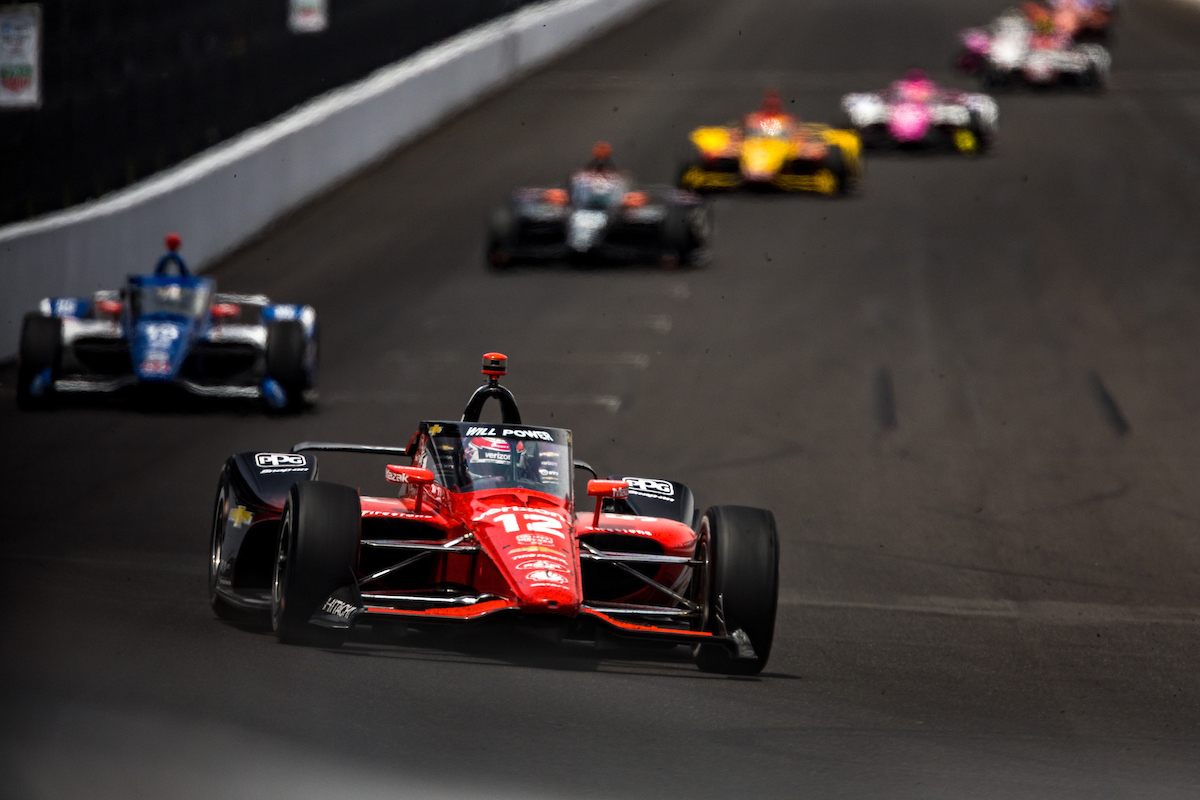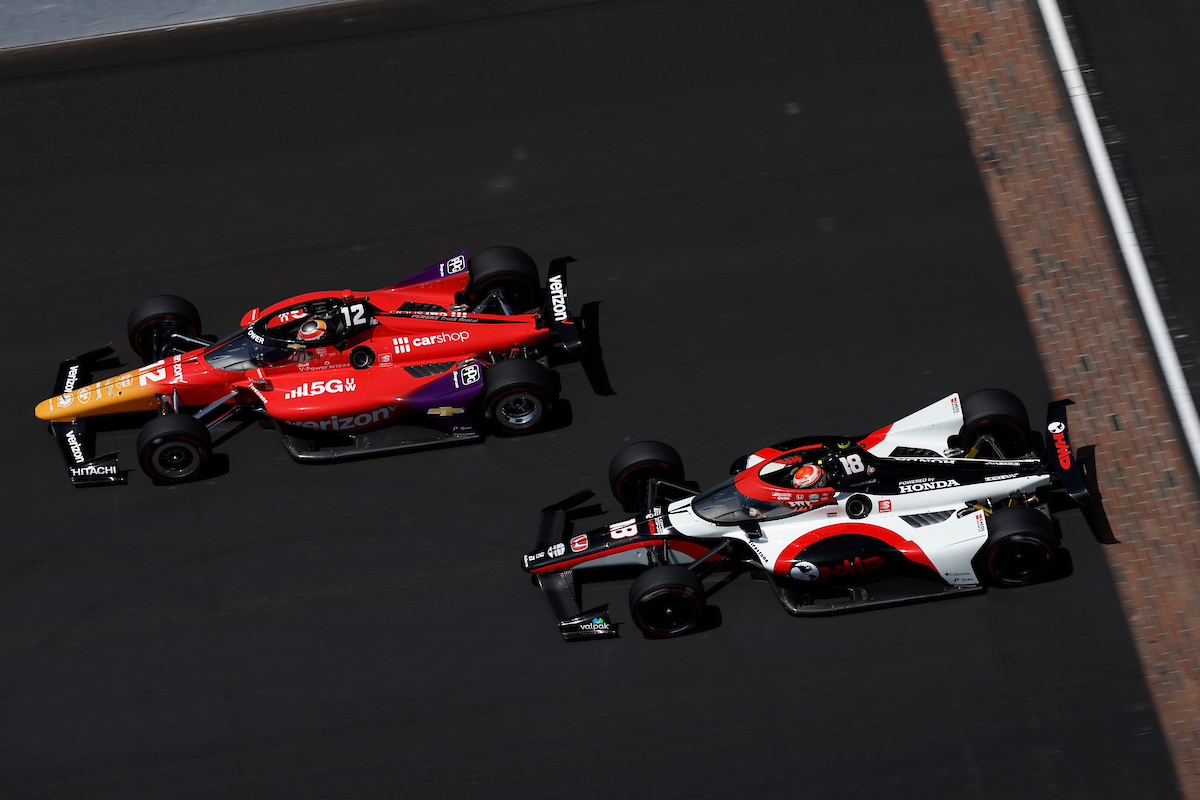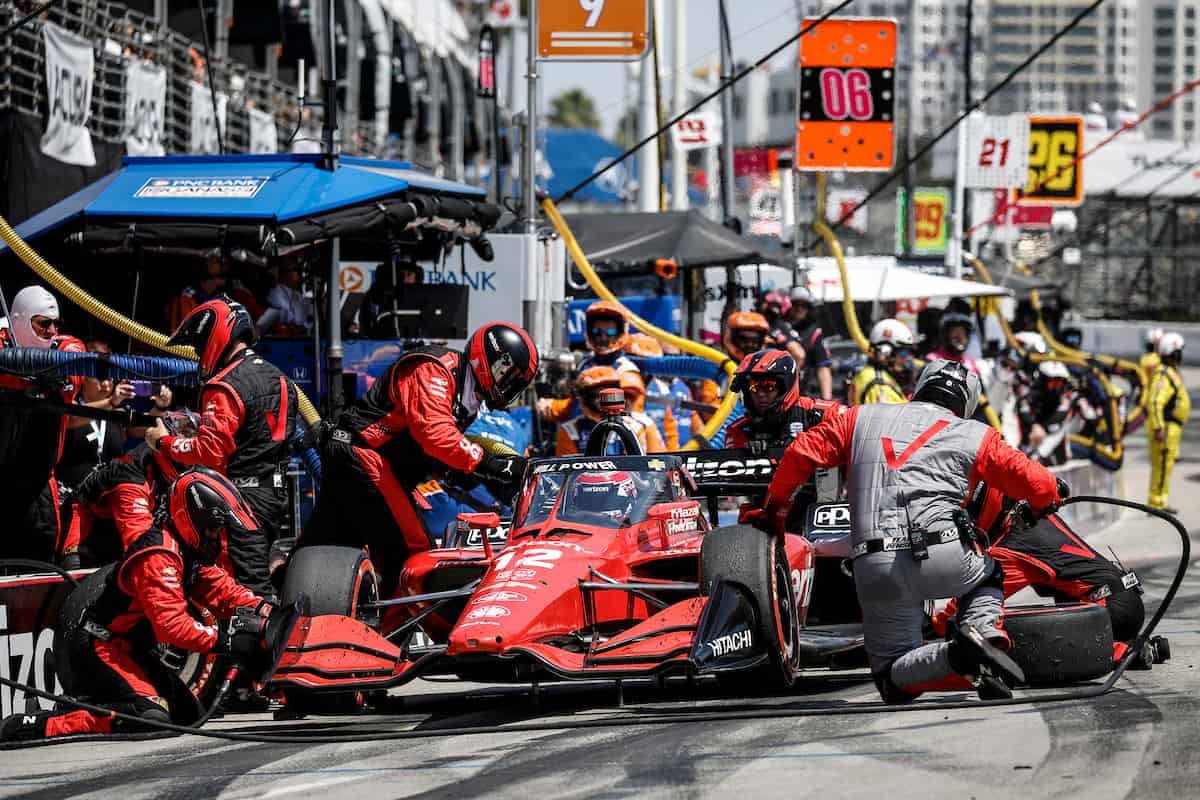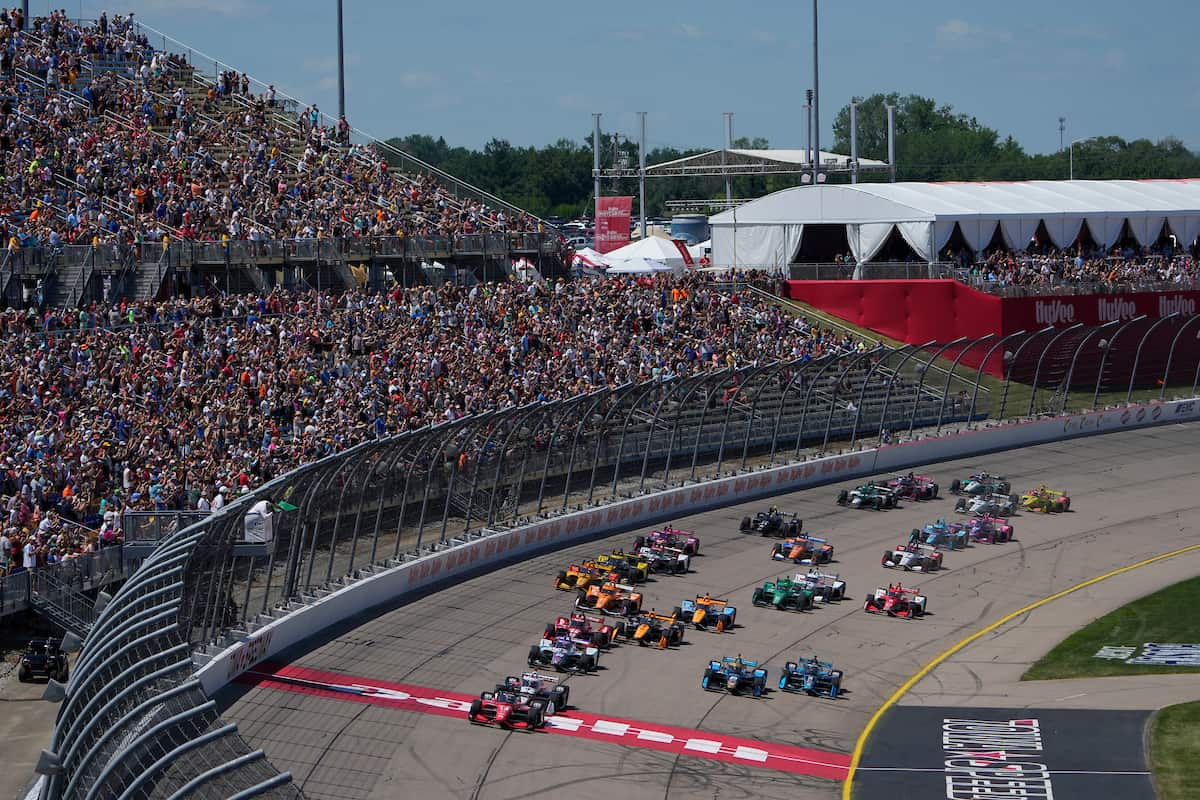Why is IndyCar more competitive than F1?
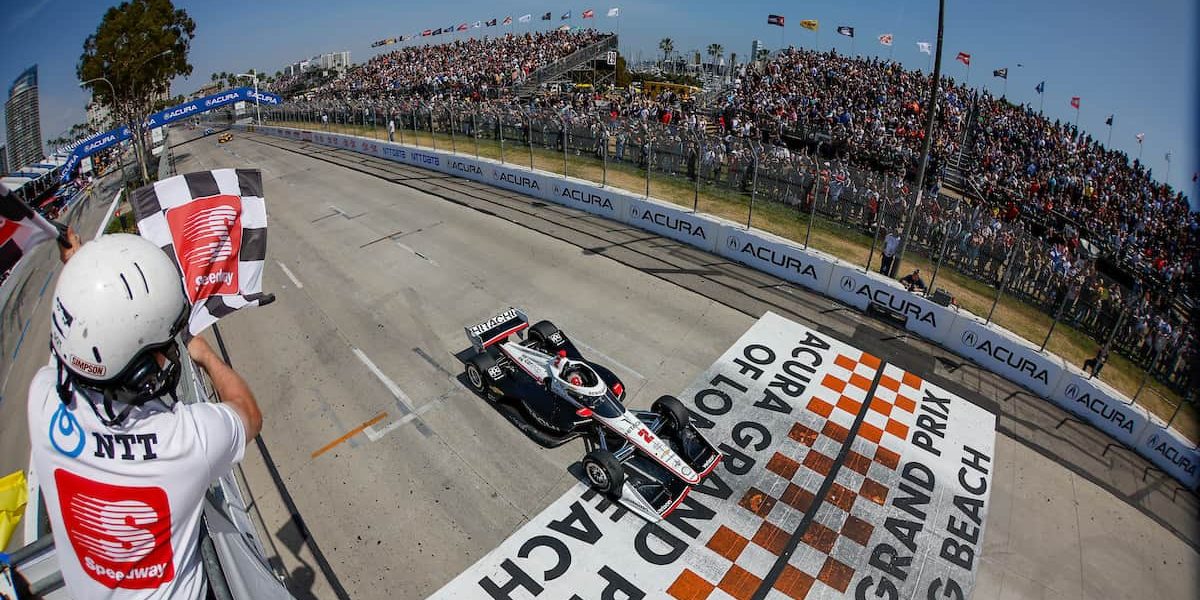
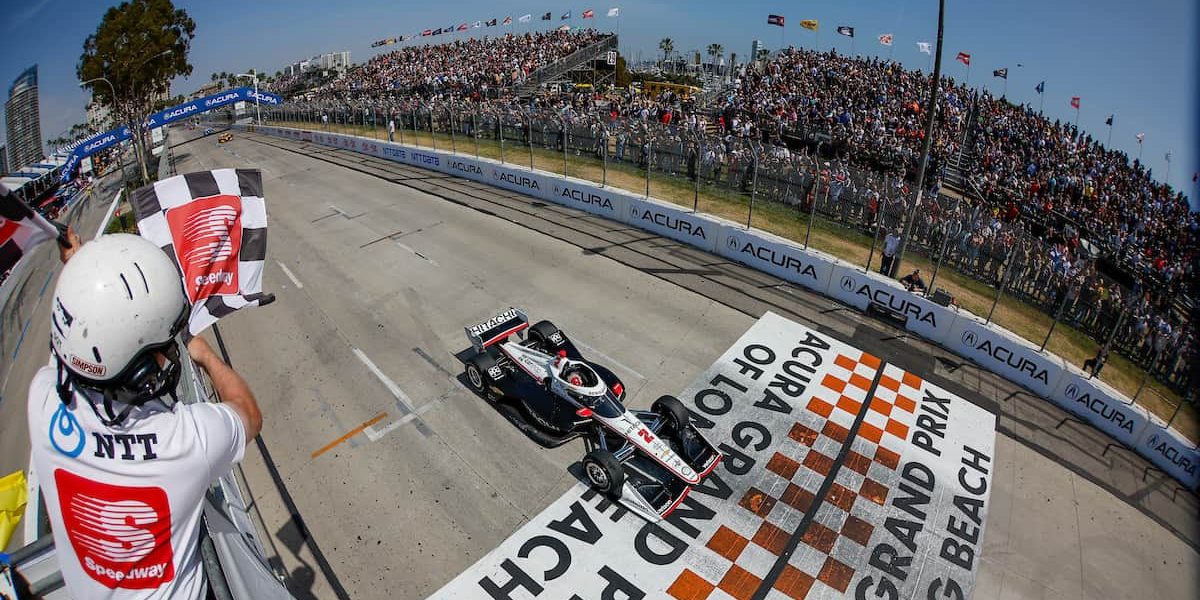
Formula 1 and IndyCar are the two highest classes of open-wheel, single-seat motor racing in the world. Cars competing in the two series look very much the same. But the rules and regulations governing the two series differ widely. These rules affect the performance of the car as well as that of the drivers. To understand which of the two series is more competitive, it is necessary to take a closer look at the conditions under which these two series are conducted.
Table of Contents
Formats of Formula 1 and IndyCar
The Formula 1 World Championship has run uninterrupted since 1950. Despite the shadow of the pandemic, Formula 1 held 23 races across the world in 2021. In 1922, the teams will compete in 22 Grand Prix including a new venue in Miami. Australia has hosted the first Grand PRIX after two years. The war between Russia and Ukraine caused the cancellation of the Russian Grand Prix.
Formula 1 consists of ten teams competing for the World Drivers’ Championship and the World Constructors’ Championship. Each team fields two drivers who contest for the Drivers’ Championship on a personal level. Both the drivers will contribute to the teams standing in The Constructors’ Championship. Twenty cars compete in each Grand Prix grid.
Formula 1 races are held on purpose-built roads courses and a few carefully inspected street courses. Importantly, teams are allowed to research, design and build their chassis, aerodynamics and most other parts provided they meet Formula 1 specifications. The performance of cars may vary greatly from team to team.
IndyCar, unlike F1, stipulates that all cars across the grid use the same chassis and aerodynamic kits. Teams can choose between Honda and Chevrolet to source the engine unit. IndyCar has planned for 17 races for the 2022 season. The racing grid will comprise 24 cars with the number going up to 33 for the blue riband Indianapolis 500.
Teams can field anywhere between one to six cars in each race with differing liveries for the drivers. IndyCar ring circuits can be either high-speed ovals, undulating road courses or rough and ready street circuits. It is for this reason that IndyCar allows the teams to develop and build their brake ducts, and some suspension components like dampers. This variance makes the cars distinctly different from one another although they have the same chassis and aerodynamics and many other parts.
Differences in the construction of Formula 1 and IndyCar cars
Each team develops and constructs its chassis according to Formula 1 specifications. The chassis and other parts of the car are tested for impact and direct loading before being accepted. The suspension and the brakes are constructed or purchased by each team to suit their cars. All tyres are supplied by the sole supplier, Pirelli, in different dry, intermediate and wet compounds depending on the track and the weather conditions.
Changes have been made to the aerodynamics layout of the car to curb dirty air in the car’s wake. Formula one has introduced tunnels on the underbody to generate additional downforce. This compensates for the loss of downforce due to the recommended simpler front and rear wings. The two changes greatly reduce the dirty air in the wake of the car promoting closer racing and more frequent passing.
The changes were slated for 2021 but differed because of the pandemic. This is an effort to make Formula 1 more competitive and more exciting for fans. Drivers in Formula 1 can also use the DRS system when within one second of the leading car. This helps the car speed up on long straights and pass the car ahead.
Tyres are supplied by Pirelli to all teams in dry, intermediate and wet compounds. The tyres used in 2022 are wider and heavier than those used in 2021.
IndyCars have to use the same chassis supplied by Dallara and a common aerodynamic system. Most of the parts of the Indy car are standard across the board. Teams can only develop and build certain parts of the suspension system and brake ducts. This limits the diversity in IndyCars on a grid. The choice of an engine is limited to two suppliers.
IndyCar also has a power boost system like the DRS in Formula One. The push-to-pass system can only be used on street and road courses. Drivers can use the system to pass a car or to defend against an attacking car. A driver can use the push to pass system on any part of the course for a maximum of 15 seconds in one push. The total usage of the push to pass system is restricted depending on the type of course. The limit is usually in the region of 200 seconds.
Tyres are supplied exclusively by Firestone just like Pirelli supplies Formula 1. Dry, alternate and rain compounds are used on road and street courses. The latter is not available on high-speed oval courses.
Engines and transmission
Formula 1 has made some drastic changes in the aerodynamics of the car for thr 2022 season. But the engine remains the same as the one used in 2021. It is a 1.6-litre V-6 turbocharged engine which coupled with a hybrid system the car generates a power of around 1000 bhp. Ferrari, Mercedes, Red Bull and Renault are the suppliers of the Hybrid Power Units.
The hybrid power unit uses two motor-generator sets to recover energy: MGU-H (Heat) and MGU-K (Kinetic). The Energy Recovery System (ERS) is completed with the inclusion of the Energy Store (ES) and the Control Electronics (CE). The Power Unit consists of the ERS, the Internal Combustion Engine (ICE) and the Turbo Charger (TC).
A car is allowed to use two ES and three each of TC, ICE, MGU-H and MGU-K in a season. Using any more than the stipulated numbers will invite grid penalties for the car driver. Formula 1 has frozen engine development from 2022. A new power unit structure for the 2025 season will be revealed at a later date.
All IndyCars are built around the Dallara DW12 chassis as is dictated by IndyCar regulations. The aerodynamics of all cars is also identical. Teams do have a choice between Chevrolet and Honda twin-turbocharged 2.2 litres V-6 engines. The engines can deliver power between 550-700bhp depending on the amount of boost used and on the type of racing surface.
IndyCar had plans to upgrade the engine to 2.4 litres in 2023. The plans have been deferred by a year. 2024 will also see the introduction of a Kinetic Energy Recovery System (KERS). The addition of KERS will make the power train a hybrid unit just like the power unit in Formula 1. KERS will help boost the power output of the car to 900bhp.
Formula 1 cars use semi-automatic and seamless shift gearboxes. Gear changes are initiated by two paddles on either side of the steering. The car must have eight forward gears and a reverse gear. Each gearbox must last at least six consecutive races. Any change of gearbox in between six races invites grid penalties.
IndyCars use six speed, semi-automatic paddle-shift gearboxes with a reverse gear. Xtrac has been the sole supplier of gearboxes to IndyCar since 2008. Brembo brakes are used by all IndyCars with the course type dictating the number of pistons used.
Limitations on the weight of the cars
Formula 1 regulations state that the total weight of the car should not be below 795 kgs. The minimum weight has seen a sizeable increase from the 605 kgs required in 2021. The increase in the weight limit can be attributed to the considerable increase in the size of the tyres. The increased weight of the power unit and safety improvements such as the halo above the driver’s head is also taken into consideration.
IndyCars have different weight regulations for different surfaces. For small ovals, streets and permanent courses the cars should weigh a minimum of 730 kgs. On high-speed ovals, the cars should weigh 716 kg. IndyCar also allows for a change in the aerodynamics of the cars to attain higher top speeds of high-speed ovals. The multi-element front and rear wings are replaced by thin foiled wings on superspeedways.
How do the two formats of racing compare in competitiveness?
IndyCar tends to be more competitive than Formula one by its lack of diversity of choice in the construction and components of the car. That does not mean that Formula 1 cars are any less powerful than IndyCar’s. It also does not imply that IndyCar drivers are more accomplished than Formula 1 drivers.
Formula One cars have the backing of suppliers of most of the car parts except probably the tyres. These suppliers develop and build spares as per the teams’ requirements They have a wide variety of choices of suppliers for most of the car’s components. The complete tyre, along with the rims, is about the only important car component supplied by a sole supplier.
The Power Unit is custom-built to power the car on purpose-built courses. The few street circuits are closely inspected by Formula 1 officials before approval. Engineers fine-tune the power unit, the aerodynamics and the suspension to suit every course and the prevailing weather conditions. The car is fitted and tuned to suit a particular driver’s style of driving.
IndyCars’ improvements on the car’s performance rely on tuning the engine to perfection for a particular track. The team also has to use the right suspension, dampers and braking system for the right course. The crew of an Indy car team also pays driver-specific attention to the car before every race. But their options in altering a car’s performance are much more limited than that of a Formula 1 team.
In ideal conditions, the power generated and the speed of all IndyCars of the grid will differ only marginally. It is left to the ingenuity and skill of the drivers on a particular track and weather conditions to make the difference. That is the reason IndyCar is more competitive and less predictable than Formula 1.
Formula 1 has gone back to the late ’80s aerodynamics model of reducing dirty air. They have introduced tunnels in the floor of the car. In doing so, they have reintroduced the problem of porpoising which not all teams have gotten over very well. Ferrari and Red Bull seem to have roped in the problem quite well but Mercedes is still struggling with it.
The move, however, has been successful in bringing more competitiveness to Formula 1 racing. Max Verstappen and Red Bull did end Lewis Hamilton’s dominance in Formula 1 racing in 2021. But that can be attributed to Max Verstappen’s aggressive driving and a certain amount of controversial luck in the last Grand Prix of the season. But Mercedes still walked away with the Constructors’ Championship.
The 2022 season has been more competitive than the last and there has been an upheaval in drivers’ and constructors’ placing in the first four races. It remains to be seen how the teams handle the new aerodynamic system and how they tackle the problem of porpoising. A conclusion can be drawn only at the end of the season. But the fact remains that Formula 1 might have to wait for some time before it becomes as competitive as IndyCar.
Why is IndyCar more competitive than F1? – The Conclusion
Despite Formula 1’s best efforts to even the playing field, IndyCar remains more competitive. That is not to belittle either Formula 1 cars or the drivers. IndyCars are more competitive as a result of the uniformity of the cars and car components across the board. Team crews can do little to drastically alter the performance of the car. The result of an IndyCar race depends heavily on the driver’s ingenuity and skills on a particular day in the prevailing conditions.






